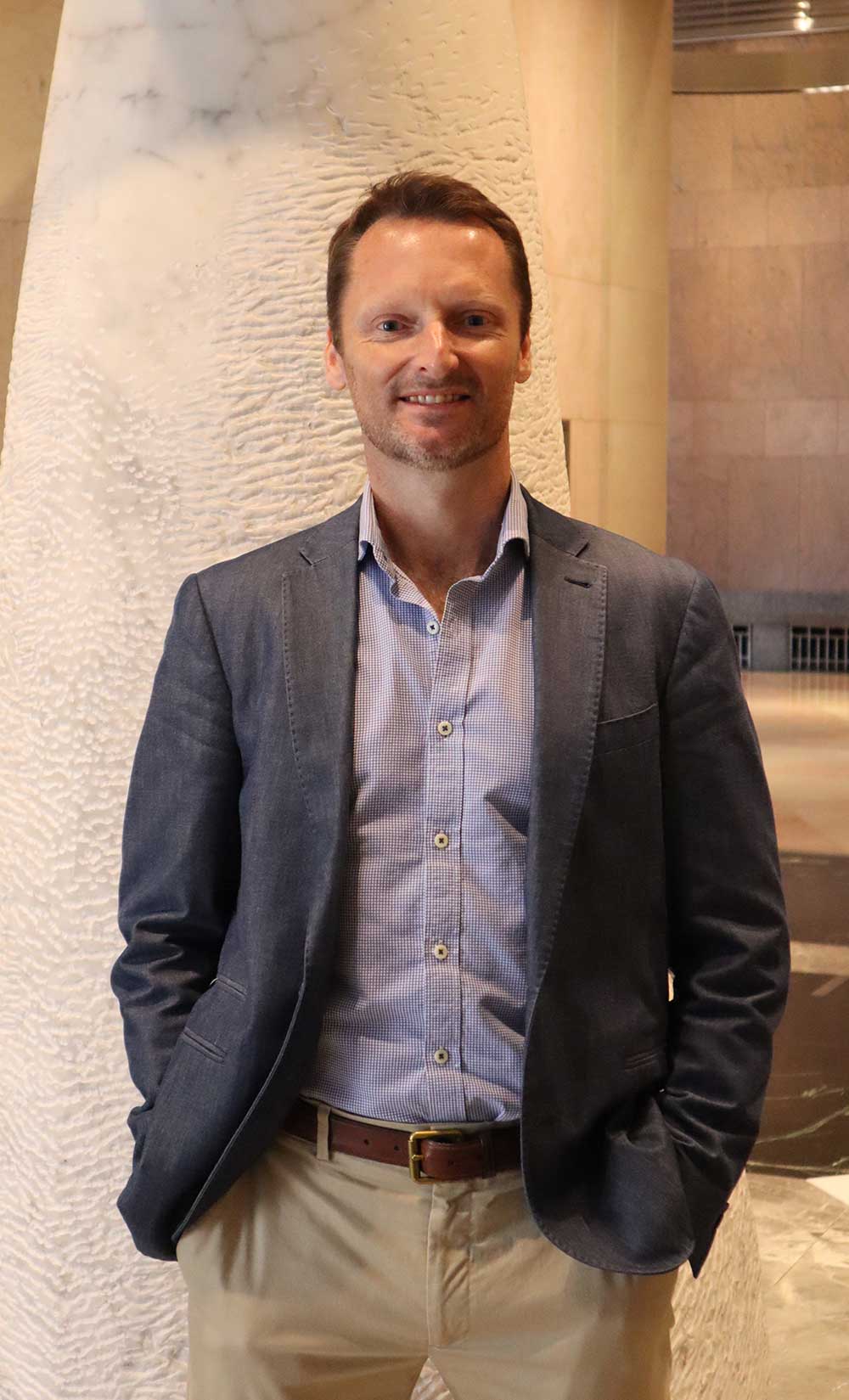Global consulting and engineering firm SYSTRA is bringing innovative engineering practices to transportation, infrastructure and technology projects in Australia. And the firm is ensuring its workforce has the skills to do it.
Being committed to major projects means SYSTRA’s engineers must remain on top of new methods and technologies, and the company has implemented a comprehensive learning and development framework to support its staff — from senior leaders to new graduates.

The framework places an emphasis on the 70:20:10 model, formalising individual plans to increase knowledge and experience in line with competency requirements from job-related experiences, interactions with others and formal educational events.
To support this learning and development framework, the firm recently signed a bulk credentialing agreement with Engineers Australia, which it expects to broaden opportunities for its workforce.
“The partnership with Engineers Australia means that the ongoing development of our staff is aligned to professional recognition of the highest standard,” SYSTRA CEO Mark Scott told create.
“Having our staff assessed and qualified by a third party gives us and our clients certainty that competent people are delivering their projects. Plus, Chartership enables internationally experienced engineers to gain local recognition for their skills.”
Knowledge sharing
Engineers Australia member and SYSTRA Senior Transport Engineer Marion Guesnier MIEAust has certainly benefited from the firm’s ethos of providing opportunities for employees to expand their skills.
Guesnier has a background in transport planning, including innovative projects in new mobility services, such as urban air mobility and mobility-as-a-service.
As an expatriate from SYSTRA’s Paris headquarters, she has first-hand knowledge of Europe’s transport systems and, since moving to Sydney, has worked in transport performance, risk and operational analysis. She said Australia’s regulatory framework, town planning and development are all very different from her native France.

While Australian cities are generally car-centric and spread out, most European cities are dense and were historically built for pedestrians.
“For me, it’s very interesting because I can bring good practices and feedback that I have from Europe, but you can’t just ‘copy and paste’ that here,” she said.
“It’s all about drawing on my knowledge from Europe and adapting it to this different context.”
SYSTRA Principal Safety Engineer Mat Collin CPEng and his colleagues have also looked to guidelines and standards from Europe for inspiration and adaptation on Australia’s transport networks.
He said learning from the world’s best was a great part of the job, along with being at the forefront of the local light rail explosion.
“You’ve had this huge industry basically pop up in the space of five years,” the Engineers Australia member told create.
“We’ve had to borrow a lot of expertise and knowledge from overseas.”
Expanding opportunities
One of Guesnier’s main projects at the moment is updating the risk assessment model for level crossings nation-wide. She has also been involved in the Cross River Rail project in Brisbane.
She said she wanted to work in Australia because of the opportunity to work on major transport projects, from innovation-led trials to vital rail infrastructure.
“That transportation market looked quite brilliant from a European perspective,” she said.
Collin was also drawn to the big projects and vibrant nature of the transport industry, after beginning his career in chemical engineering.
“[Transport] is a much more dynamic space, with all these huge infrastructure projects going on around the whole country,” he said. “That’s where the excitement is.”
He spent years working on the New Intercity Fleet — 55 trains that will carry passengers between Sydney and regional NSW. He was part of the project from pre-tender through to the planning, design, construction and testing and commissioning phases.
The fact that there’s so much work and so many infrastructure projects comes with challenges, Collin said. Any problems that arise have to be solved within short timeframes, and there are often competing priorities.
“One of the biggest challenges would be balancing multiple projects, multiple people with multiple demands,” he said.
Boom time
Supporting some of the nation’s biggest projects, particularly in transport and defence, makes it even more important for SYSTRA to develop its staff, Scott said.
The company recently worked with the International Centre for Complex Project Management to develop a business case and subsequent successful submission for a $500,000 industry grant to up-skill a number of defence sector SMEs.
“It’s important that companies like ourselves step up, start graduate programs and formalise relationships with the likes of Engineers Australia to make sure we’re developing talent capable of bringing projects through the business to support industry,” he said.
“It’s not a bad time to be an engineer in Australia. The pipeline of projects is going to keep us all busy for the best part of a generation and it is an easy decision for any business to invest when there is certainty in that pipeline.
“It’s likely to get to a point where Chartership is a mandatory requirement, certainly for senior level engineers, so teaming with Engineers Australia was a no-brainer.
“Plus, I’ve always held the belief that the success of a business comes down to how well you treat your staff, and the opportunity for staff development is critical to that.”
